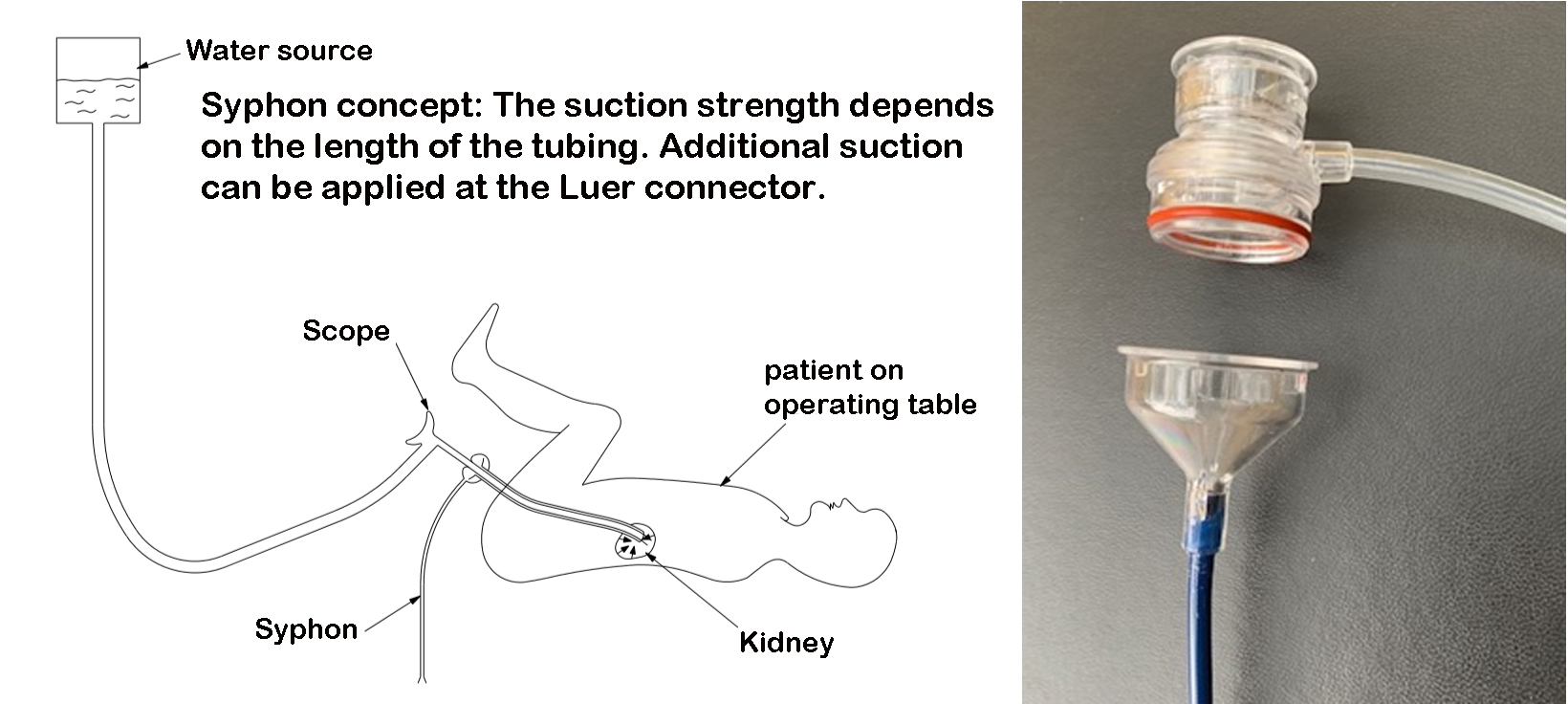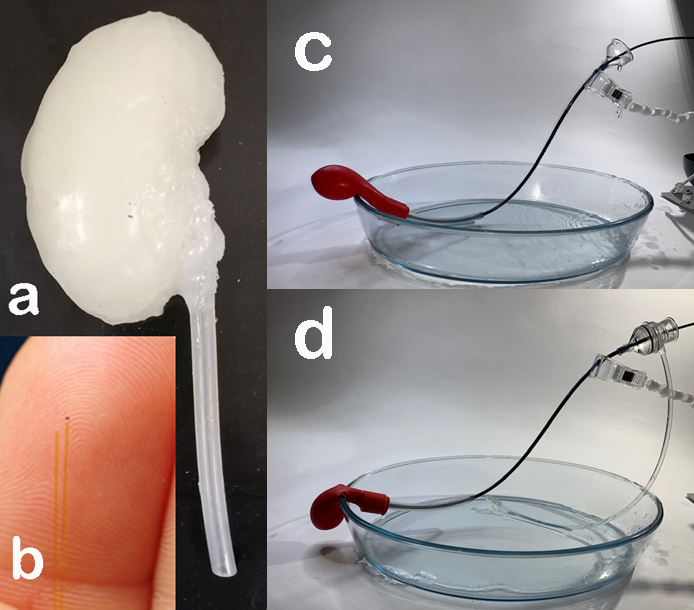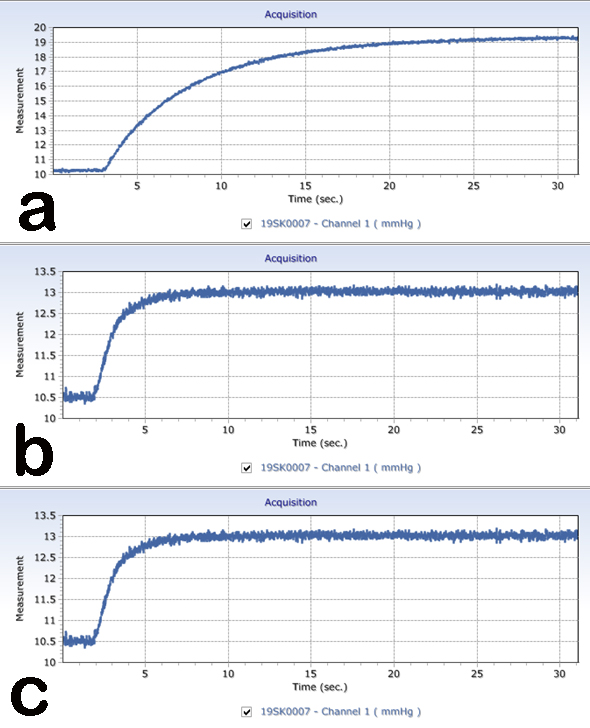Back
Poster, Podium & Video Sessions
Podium
PD37: Surgical Technology & Simulation: Instrumentation & Technology II
PD37-05: Novel syphon ureteric access sheath has the potential to improve renal pressures and irrigant flow.
Sunday, May 15, 2022
7:40 AM – 7:50 AM
Location: Room 245
John Lazarus*, Lisa Kaestner, Cape Town, South Africa
- JL
Podium Presenter(s)
Introduction: To describe a novel syphoning ureteric access sheath (UAS) intended for use during flexible ureterorenoscopy (URS). We aimed to assess if in vitro it could reduce intrarenal pressure (IRP) and increase irrigant flow compared to traditional UASs.
Methods: A validated phantom kidney with fibre optic pressure sensing capabilities was used to assess the IRP. Standardised 80 cmH2O irrigation via a ureterorenoscope was instilled through traditional UASs (11/13 and 12/14 F) and compared to the novel 11/13-F syphoning UAS. The measured minute volume, calculated hourly flow volume, and steady state IRP were compared.
Results: The traditional 11/13 and 12/14-F UASs had statistically poorer irrigant flow than the novel syphoning UAS, at 19.3 vs 29.3 mL/min (P < 0.001AQ5) and 22.7 vs 29.3 mL/min (P = 0.002), respectively. The steady state IRP was 20 mmHg for the traditional 11/13 F and 13 mmHg for the 12/14 F compared to 0 mmHg for the novel UAS.
Conclusions: The described novel UAS is different from traditional devices by incorporating a syphon mechanism. Our in vitro assessment demonstrates that the novel UAS holds clinical potential to reduce IRP while allowing a significant increase in irrigant flow compared to larger diameter traditional UASs.
Source of Funding: None



Methods: A validated phantom kidney with fibre optic pressure sensing capabilities was used to assess the IRP. Standardised 80 cmH2O irrigation via a ureterorenoscope was instilled through traditional UASs (11/13 and 12/14 F) and compared to the novel 11/13-F syphoning UAS. The measured minute volume, calculated hourly flow volume, and steady state IRP were compared.
Results: The traditional 11/13 and 12/14-F UASs had statistically poorer irrigant flow than the novel syphoning UAS, at 19.3 vs 29.3 mL/min (P < 0.001AQ5) and 22.7 vs 29.3 mL/min (P = 0.002), respectively. The steady state IRP was 20 mmHg for the traditional 11/13 F and 13 mmHg for the 12/14 F compared to 0 mmHg for the novel UAS.
Conclusions: The described novel UAS is different from traditional devices by incorporating a syphon mechanism. Our in vitro assessment demonstrates that the novel UAS holds clinical potential to reduce IRP while allowing a significant increase in irrigant flow compared to larger diameter traditional UASs.
Source of Funding: None




.jpg)
.jpg)